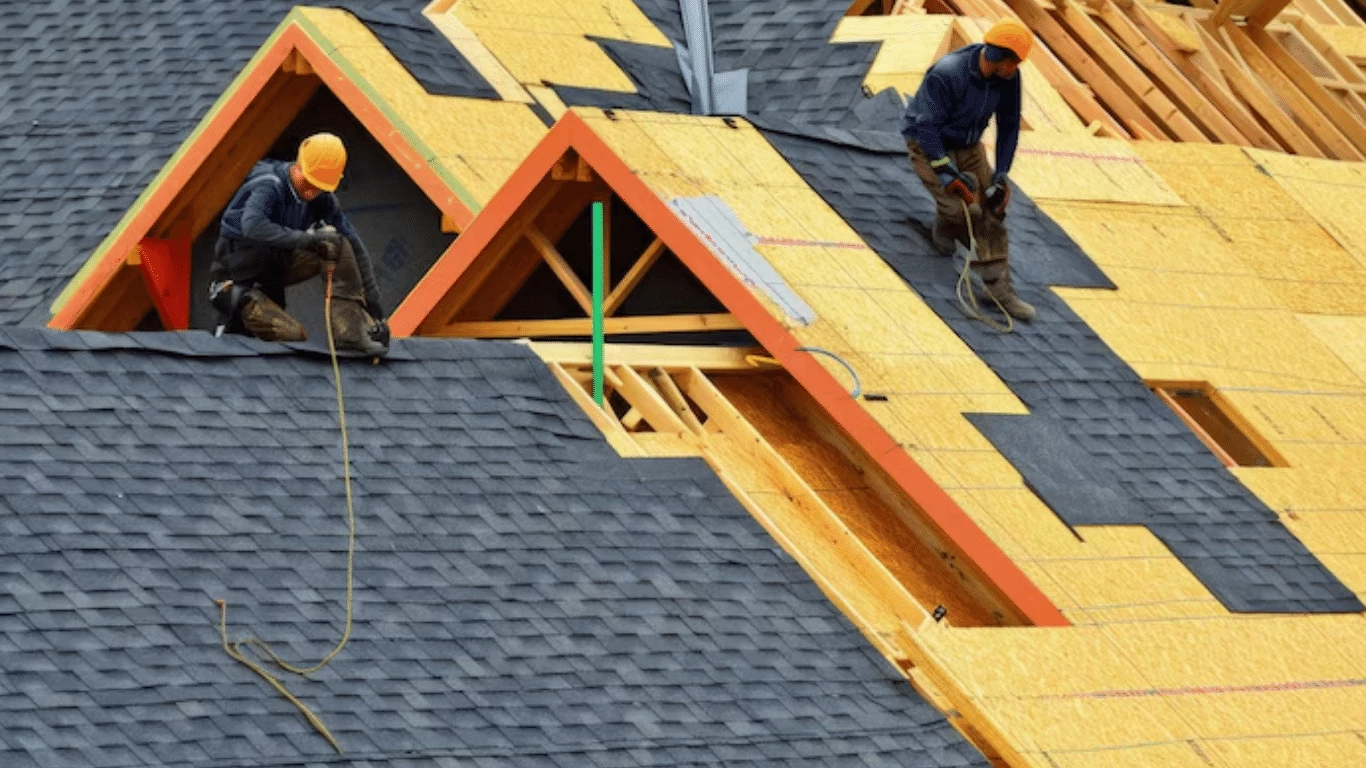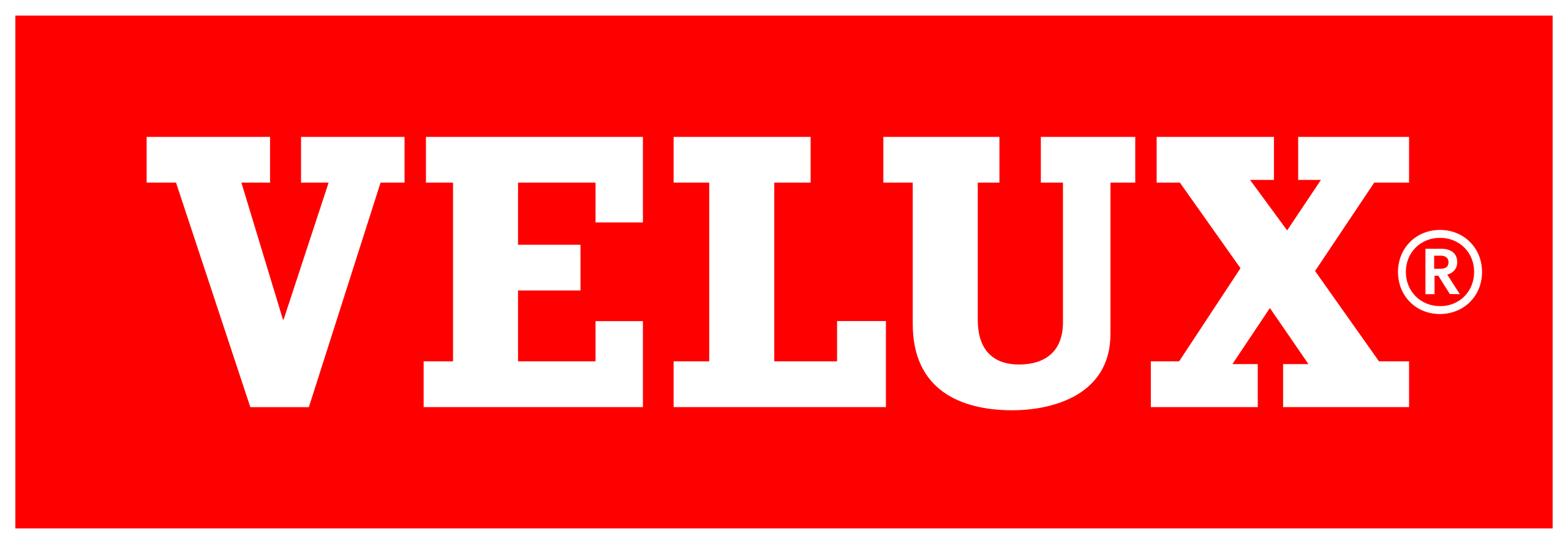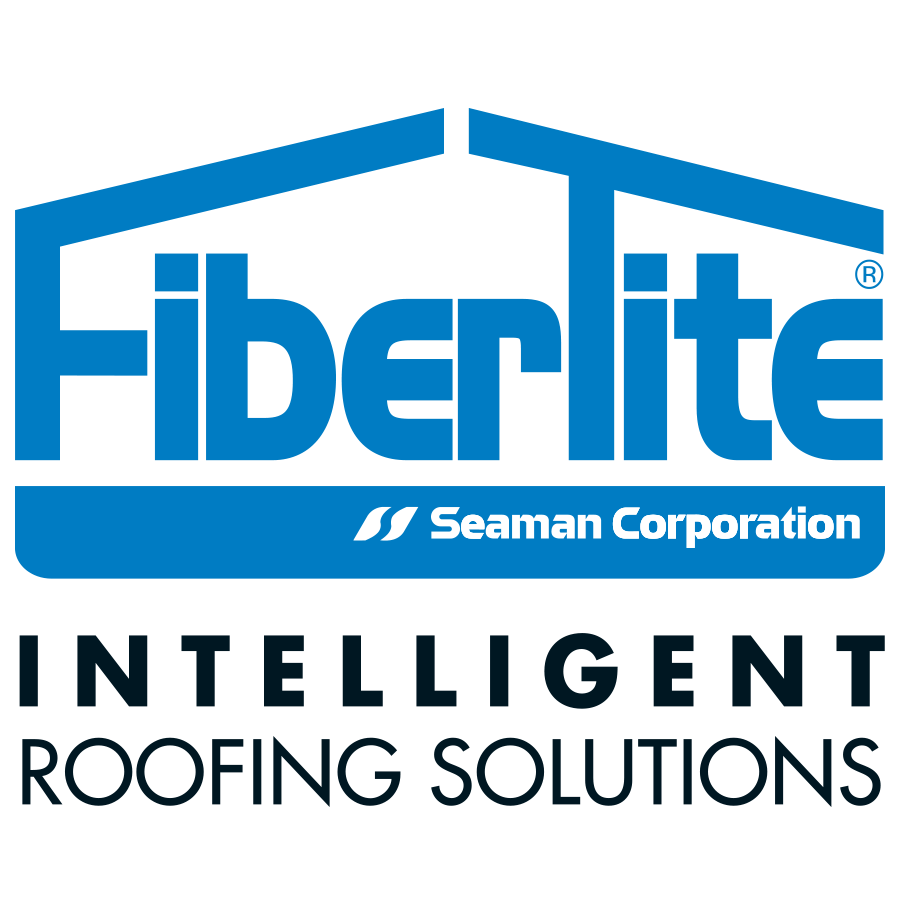
The best roofing jobs start days before the crew shows up. Before a single shingle goes down, top crews map moisture, check deck integrity, photograph every vent and valley, and stage materials so no one wastes steps. On install day, the crew moves like a relay team: tear-off, deck fix, ice-and-water, underlayment, flashing, shingles, ridge.
Each step gets a quality check—nail depth, straight lines, sealed penetrations. Vents are balanced so the attic breathes, keeping shingles cooler and bills lower. Between safety anchors and cleanup magnets, your yard stays protected. By the time the truck rolls away, you’ve got more than a roof; you’ve got a system built to last.
What Advanced Technology Do Top Roofing Companies Utilize?
Good roofing still needs skilled hands. Great results come when crews pair skill with smart tools that cut risk, save time, and improve accuracy. These tools matter to you because they protect your home, your budget, and your schedule.
Drones and aerial mapping
The best companies fly drones to capture high-resolution images for measurements, condition checks, and insurance photos. A drone can spot soft decking, hidden valleys, and tricky pitch changes that you cannot see from the ground. No one has to walk a slick ridge just to count vents.
Measurement software and 3D modeling
Takeoff platforms create precise roof diagrams, material lists, and waste factors. Accuracy keeps your estimate honest and reduces mid-project surprises. On complex roofs, 3D models help crews plan flashing details, staging, and safe tear-off routes.
Thermal imaging
Infrared scans locate moisture trapped beneath shingles or membranes. When crews find wet decking early, they can plan plywood replacement before tear-off. You get clear costs and fewer surprises.
Moisture meters and fastener tracking
Moisture meters confirm the condition of suspicious areas. Some crews track fastener counts and patterns by zone to match manufacturer specs. This is vital on steep slopes and in high-wind areas where proper nailing keeps shingles secure.
Communication platforms
Shared apps hold job updates, photos, change orders, and schedule changes. You see what is happening without guessing. If the crew finds compromised decking or swaps a dumpster, you get the update within minutes.
Ventilation calculators and airflow sensors
The best roofs breathe. Pros measure intake and exhaust, confirm open soffits, and use ridge vents or powered units when needed. Balanced airflow extends shingle life and can help with energy use.
Technology does not replace craftsmanship. It supports it so your roof lasts longer, your attic stays dry, and your budget stays steady.
How Do Professional Roofers Ensure Job Site Safety?
There is no winging it when you are 20 feet up with a nail gun. Safe companies follow a plan that protects your home and the crew.
Pre-job safety huddles
Each morning starts with a quick talk. The team reviews weather, site hazards, fall protection, and the day’s tasks. Five minutes here can prevent hours of problems.
Harnesses, anchors, and guardrails
On steep slopes or high eaves, fall protection is not optional. Crews install anchors early, inspect lifelines, and fit harnesses correctly. Proper gear builds confidence and better work.
Clear ground control
Teams tie off ladders, mark staging zones, and tarp landscaping before tear-off. A spotter keeps people and pets out of the drop zone.
Weather windows and decision rules
Smart crews do not gamble on poor forecasts. They pause for lightning, high winds, or sudden downpours. This protects your home and prevents rushed mistakes.
End-of-day securement
Crews never leave open roof areas. They seal exposures with underlayment or temporary membranes before they leave. A secure site shows respect for your property and your neighbors.
Safety culture shows up in smooth movement, clear communication, and a clean jobsite. You feel it even if you do not see every step.
What Specialized Training Distinguishes Elite Roofing Crews?
Great roofs come from standards, practice, and curiosity. Top companies invest in training so your roof performs as promised.
Manufacturer certifications
Elite crews hold credentials with major shingle and membrane makers. They train on best practices, nailing zones, ventilation rules, and flashing specs. Your roof can qualify for stronger warranties because the manufacturer trusts the installer.
Flashings and details mastery
Valleys, chimneys, step flashing, and skylights decide whether a roof stays dry. Pros use pre-bent flashings, strict layering, and careful sequencing that moves water away from the home. Nice lines are good. Watertight is better.
Mixed-material fluency
Many homes combine materials. A low-slope section can meet a steep slope or a metal accent can meet asphalt shingles. Skilled crews handle transitions, underlayments, ice and water membranes, and counterflashings without creating moisture traps.
Ventilation and building science
A roof is part of a system. The best companies look at soffit intake, ridge exhaust, insulation levels, vapor movement, and bath fan terminations. They fix the roof and protect the attic environment at the same time.
Service mindset
Pros explain findings, offer options, and invite questions. They share the why behind the what so you can choose with confidence.
Training does not end with a certificate. It shows in habits. Measure twice. Flash once. Teach the new techs the reason, not only the steps.
How Do Top Companies Manage Material Logistics and Project Timelines?
Good logistics protect your time, your yard, and your budget. This planning separates a smooth job from a chaotic one.
Before the first ladder lands
Accurate takeoffs and buffers
Material orders include waste factors by roof complexity and profile. Hips need more caps. Cut-up valleys need extra ice and water shield. A small buffer avoids mid-day shortages.
Staging plan
Crews plan spots for the dumpster, delivery boom, and pallets so walkways and gardens stay safe. If a crane is needed, they pull permits and check overhead clearance days in advance.
Neighbor notifications
Good teams alert neighbors about dates, truck locations, and work hours. This avoids early morning surprises.
Once the project starts
Tear-off choreography
Crews open only what they can dry-in that day. This lowers weather risk and keeps morale up. Debris routes keep materials away from people and property.
Just-in-time deliveries
Shingles and accessories arrive when the deck is ready, not days early. Underlayment, flashings, vents, and nails sit within easy reach so crews work, not fetch.
Real-time schedule updates
If the team finds rot or an unexpected condition, they document and share it right away. Clear updates protect your budget.
After the last ridge cap
Magnet sweep and micro-clean
Teams run multiple magnet passes, check gutters, and scan flower beds. They also walk the roof to confirm alignment and address any strays.
Documentation and warranties
They handle photos, invoices, and warranty registrations quickly. Your paper trail matters.
Why it all matters
A roof is a project that touches your family’s routine, your neighbors’ patience, and your home’s structure. Solid logistics protect all three.
The Human Side You Don’t Read on Brochures
Roofing is technical, but people live under these roofs. The small moments show respect.
- Crews greet you by name and wave to your kids.
- The foreman checks in with photos and options if they find minor rot.
- The team reminds you to move the car before tear-off so you can leave during the day.
- The project manager leaves a simple maintenance plan and a direct number for questions.
You can see pride in straight chalk lines, a tidy yard, and a crew that celebrates the final ridge cap. The details keep your home dry, quiet, and good looking for years.
Eason Roofing’s Backstage Pass Roof Plan: Walk the Job Like an Insider
Curious how a pro roof comes together? We will guide you step by step with clear info you can use.
- Aerial measurements and a transparent scope with zoomable photos
- Options that fit your climate, budget, and style with honest pros and cons
- A safety plan, job timeline, and neighbor-friendly staging map
- A cleanup checklist we sign before we call the job finished
- Warranty registration handled for you and a simple maintenance guide
If you want a roof that looks great and is built the right way behind the scenes, contact Eason Roofing. Schedule your assessment and get a plan you will feel good about from the first drone photo to the final ridge cap.





